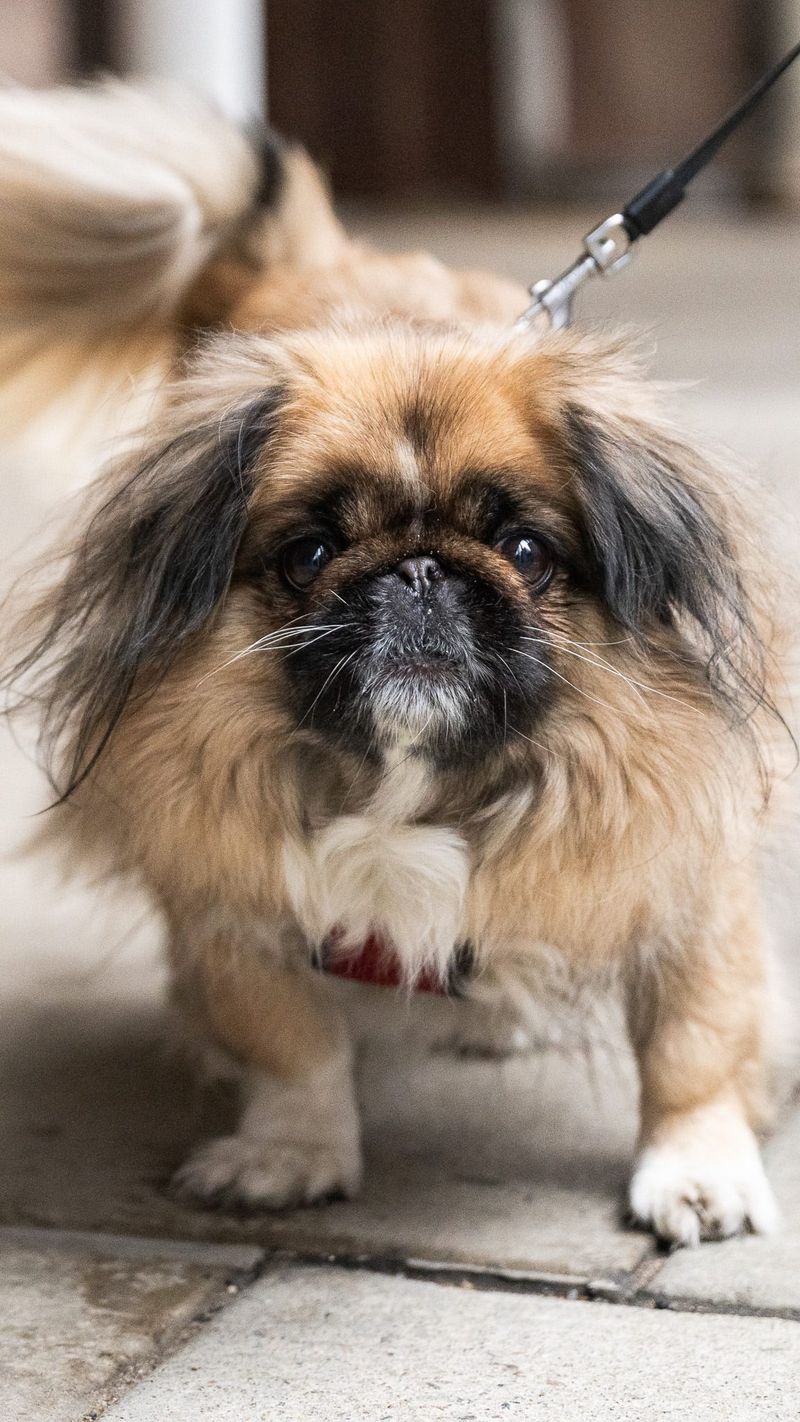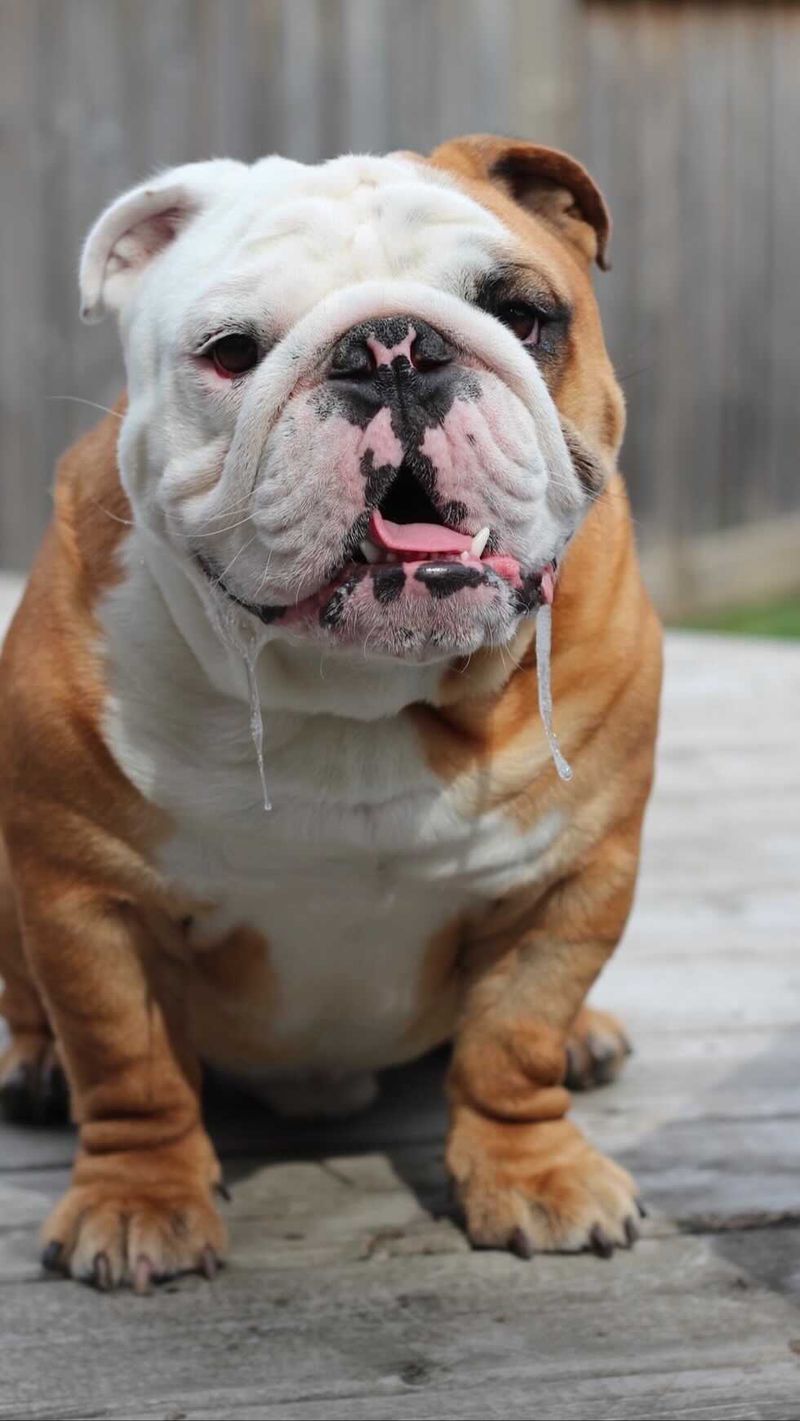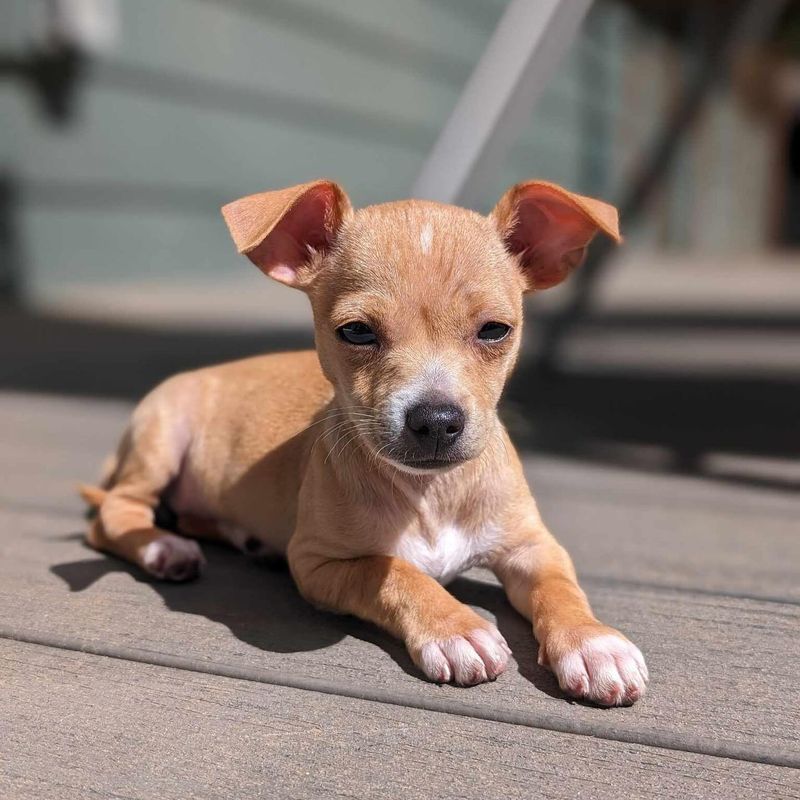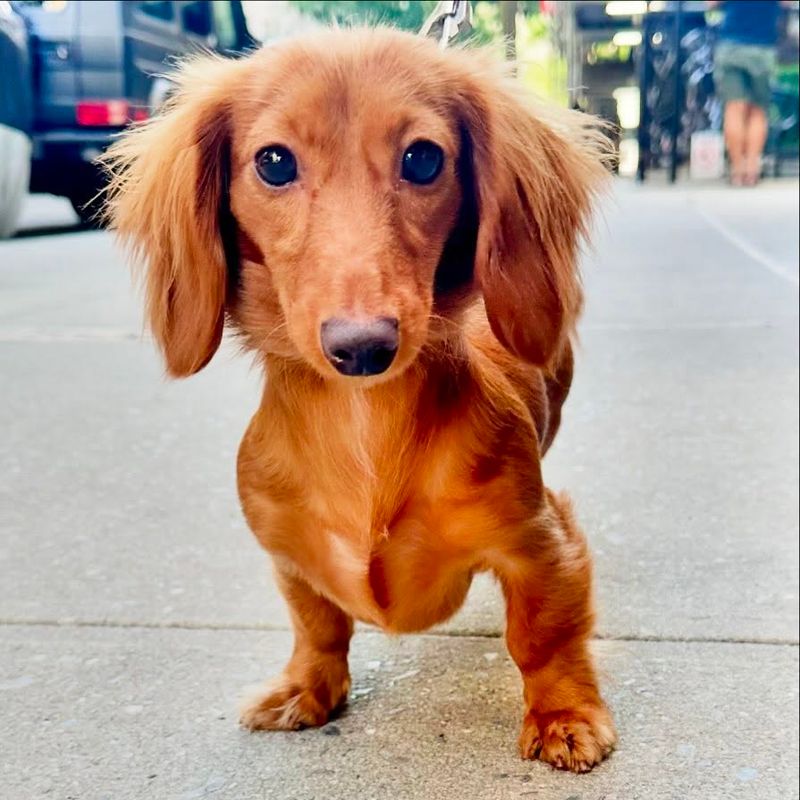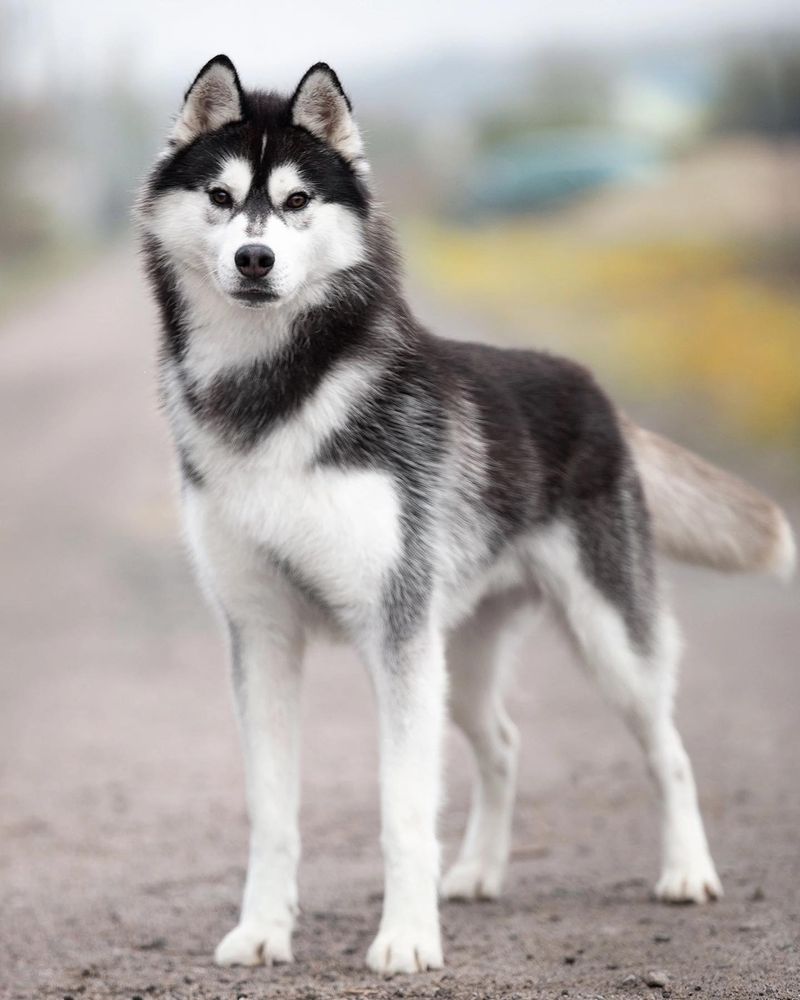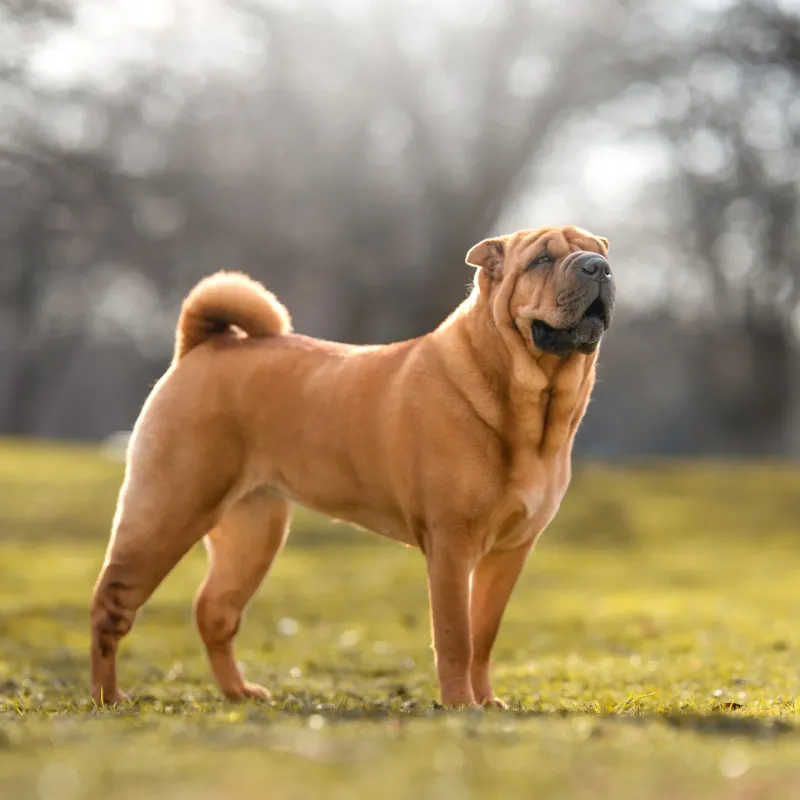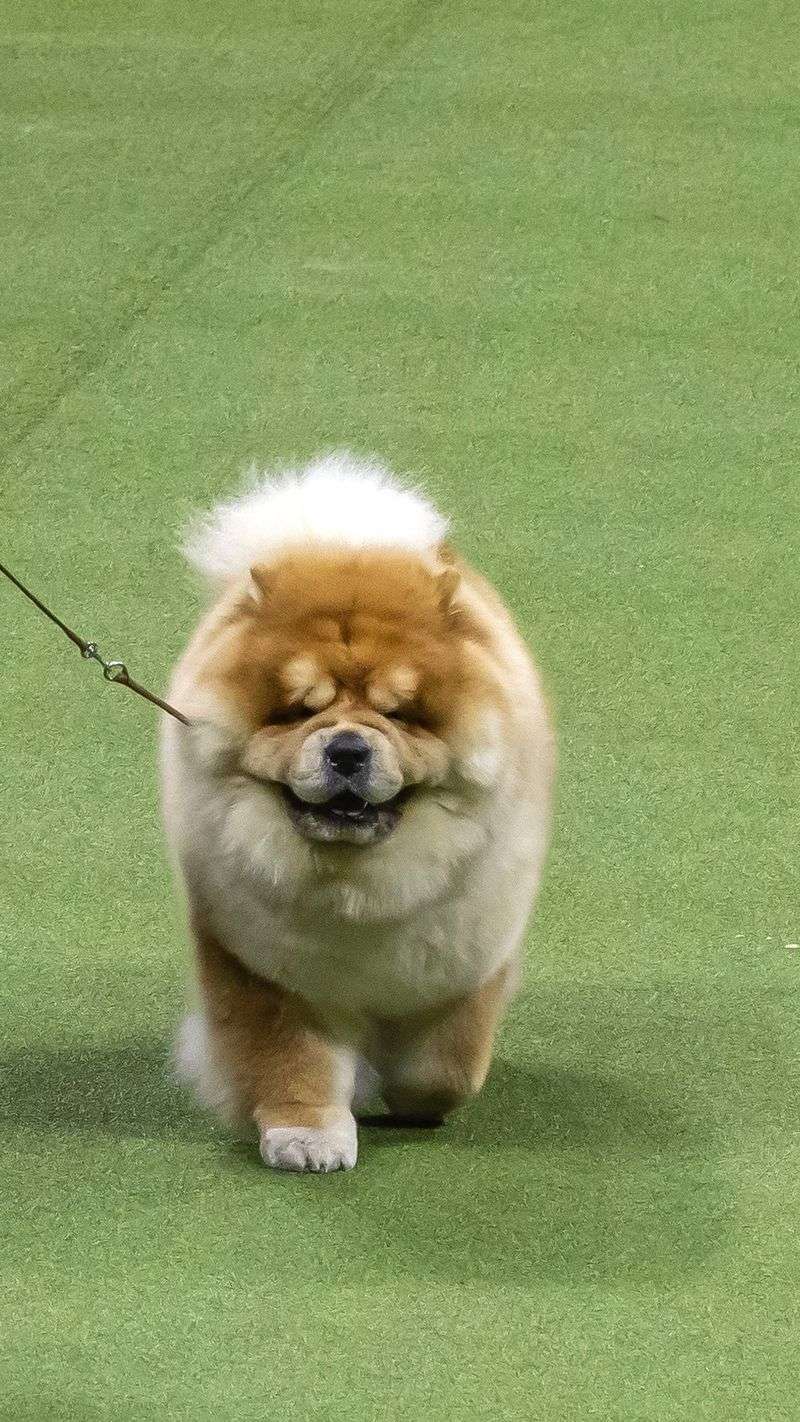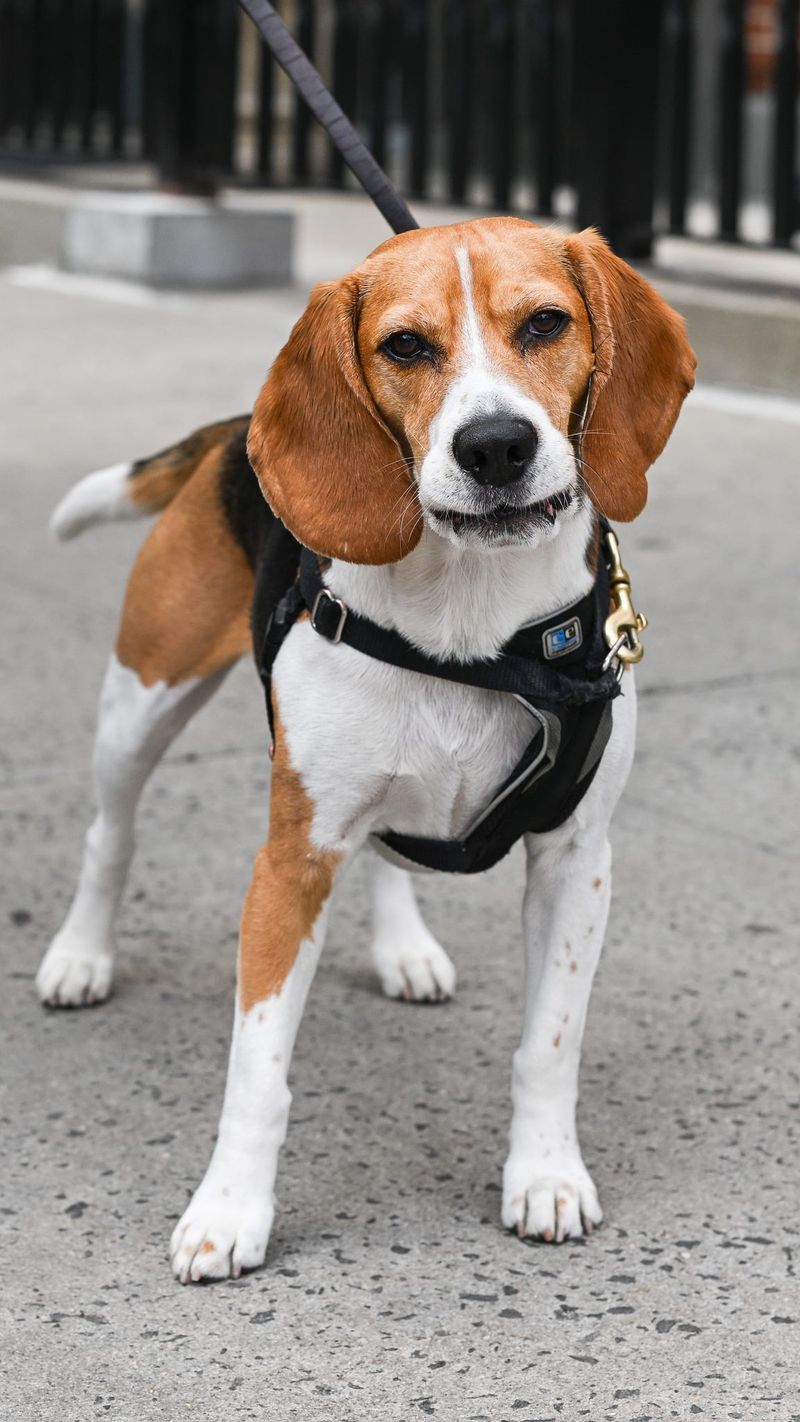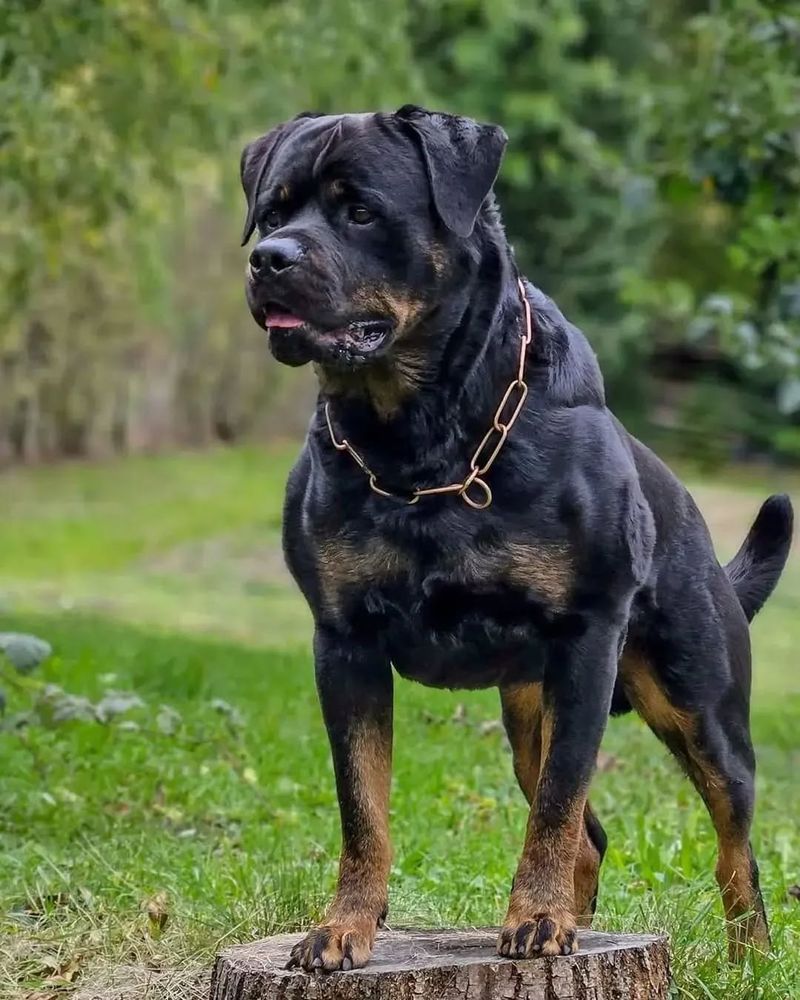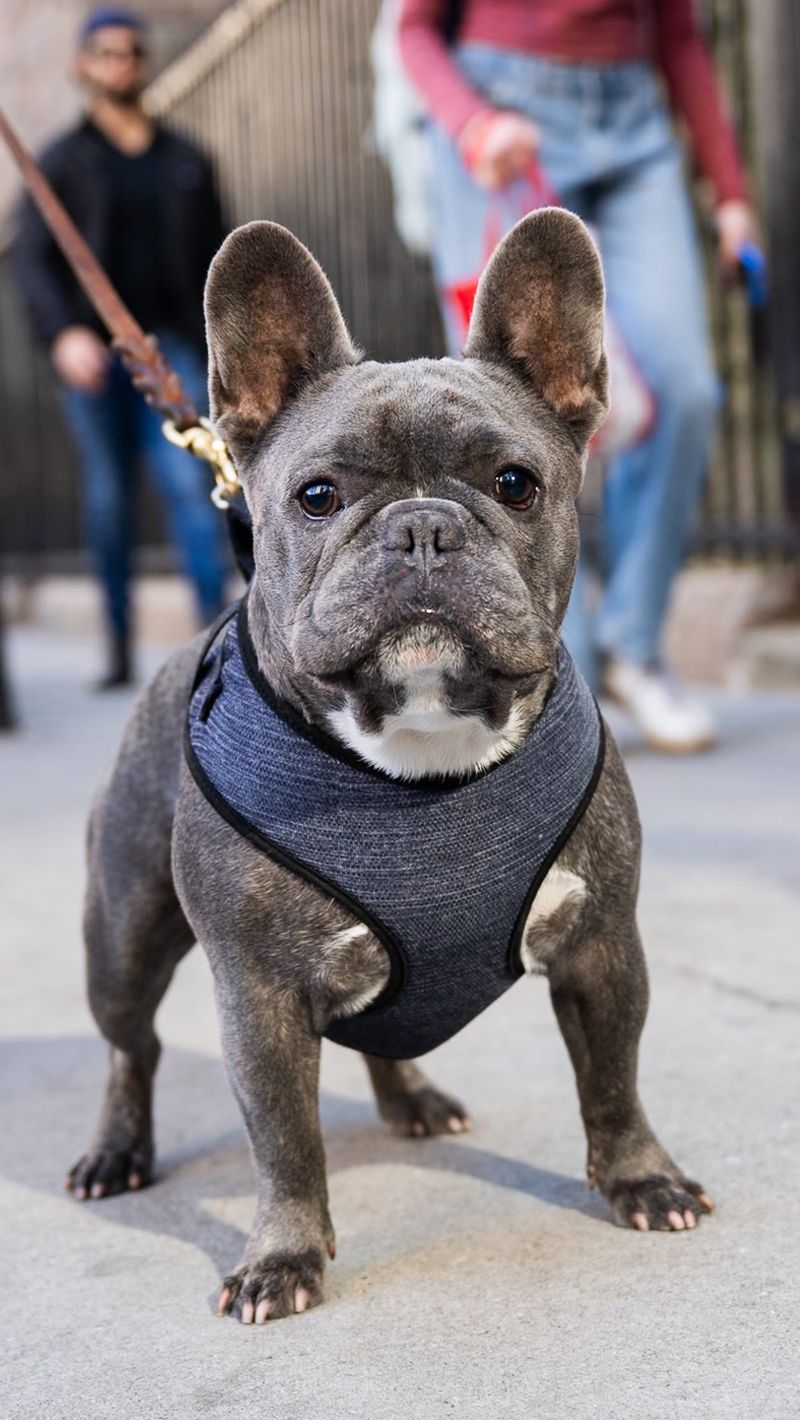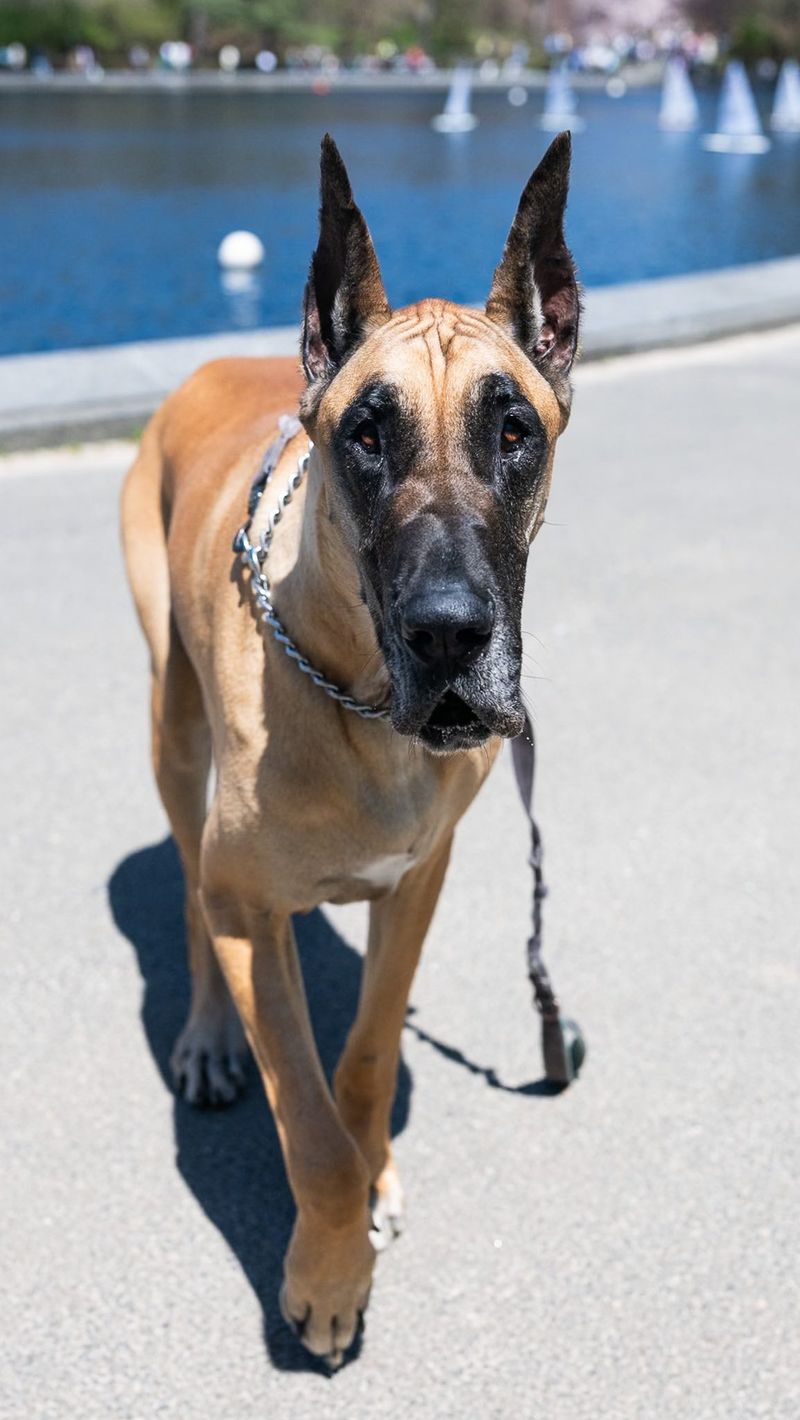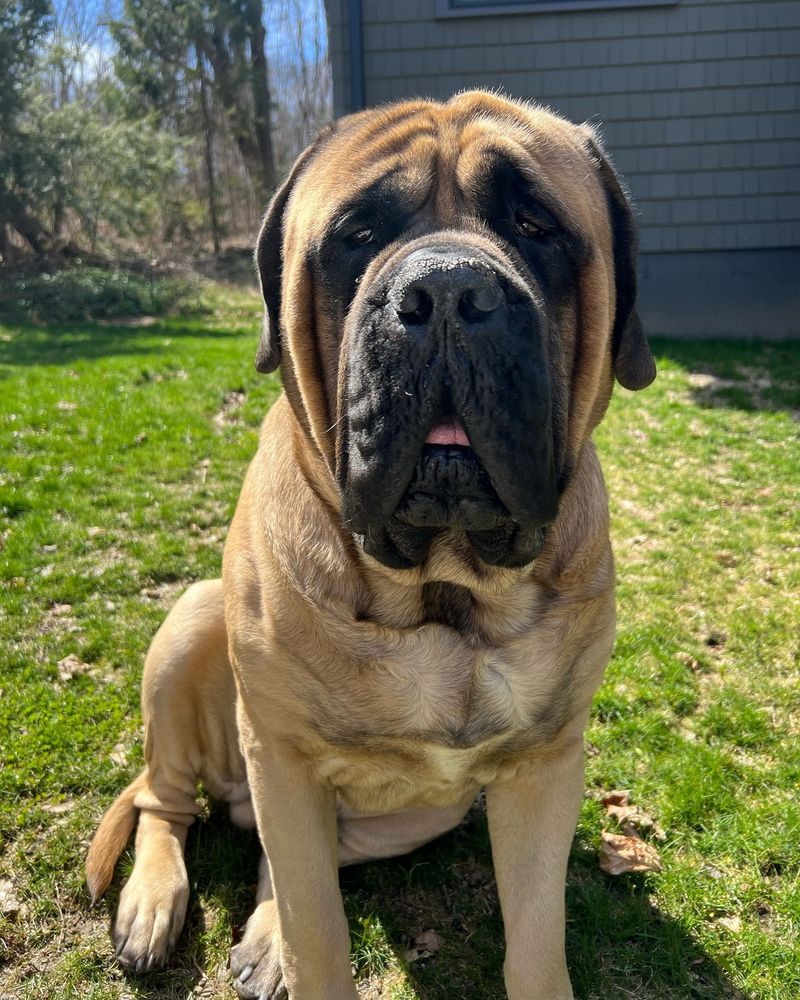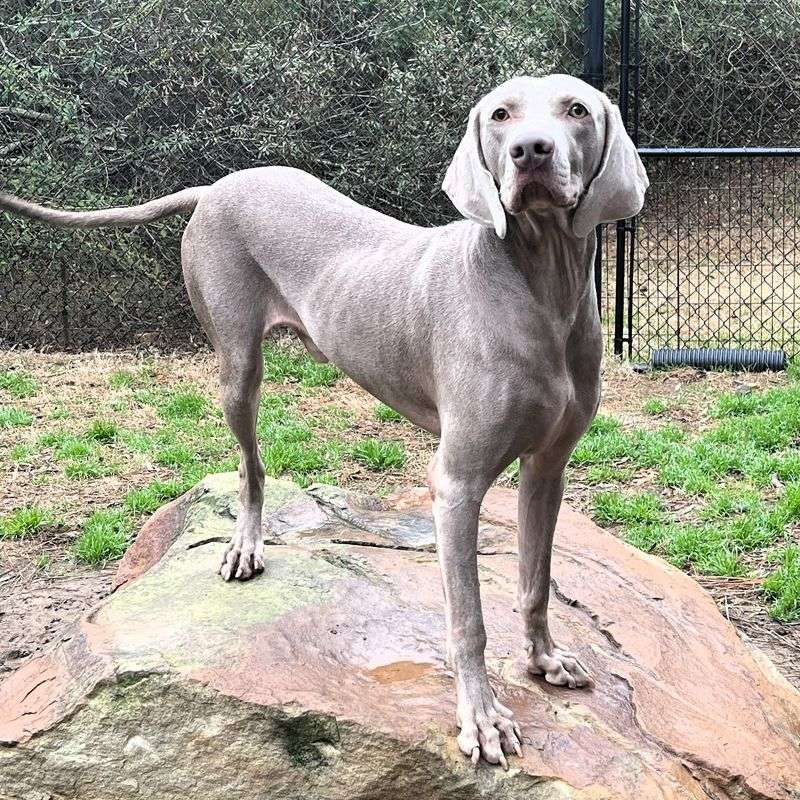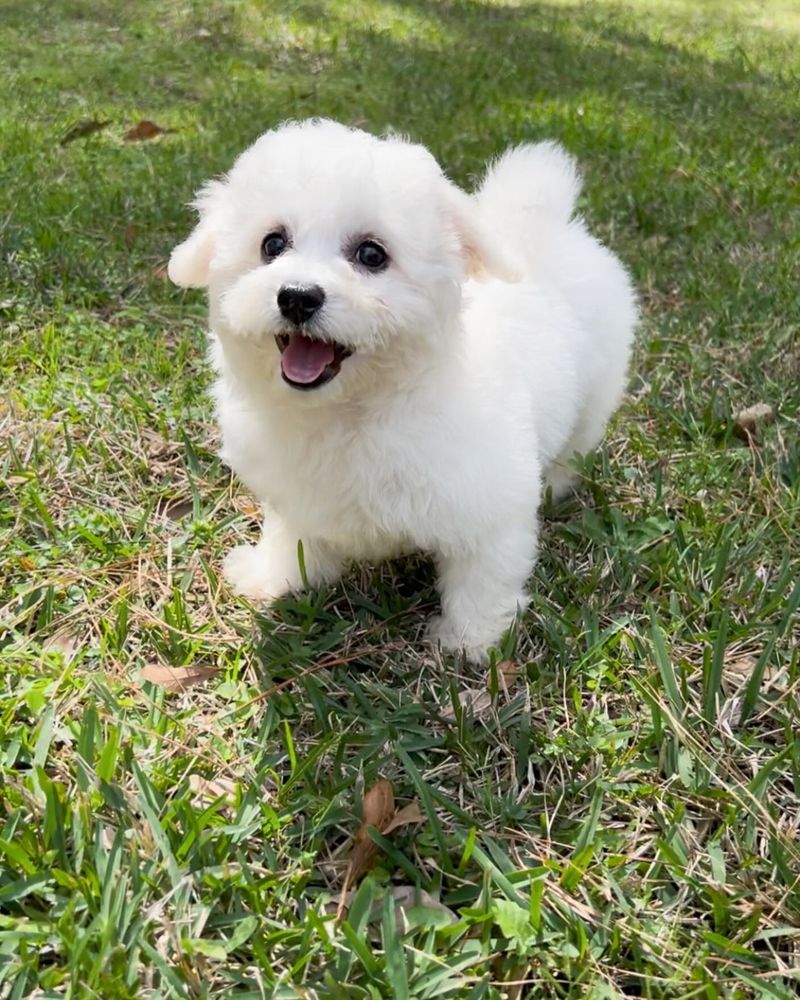In the world of dogs, certain breeds receive a lot of attention, often more than they might deserve. This list explores 19 such breeds that may not live up to the hype. Whether it’s due to health issues, temperament, or unrealistic expectations, these breeds might not be the perfect fit for every family. Here’s a closer look at each breed, presented with a fresh perspective and an honest critique.
Pekingese
The Pekingese looks like royalty, with its elegant coat and distinctive face. However, its grooming demands and aloof nature can be overwhelming.
This breed often requires more patience and time than anticipated. Known for its loyalty to one person, it can seem reserved or even dismissive to others.
Fun fact: Originally bred as lap dogs for Chinese royalty, Pekingese have a history of being pampered and revered.
Dalmatian
Famed from screen appearances, Dalmatians are athletic and energetic, often requiring more exercise than meets the eye.
Their strong-willed nature can be misunderstood as stubbornness, making them a challenging pet for novice owners.
Did you know? Dalmatians are born completely white, developing spots as they mature into their distinctive look.
Bulldog
With their iconic wrinkled face and charming waddle, Bulldogs have found a place in many hearts. Yet, health issues plague this breed, often leading to costly vet visits.
Their laid-back nature may appeal to some, but consider the snoring and drooling that accompany them.
Fun fact: Bulldogs were originally bred for bull-baiting, a far cry from the couch potatoes we know today.
Chihuahua
Tiny yet tenacious, the Chihuahua often surprises with its larger-than-life attitude. Though lauded for its portability, this breed comes with a fiery disposition that can be challenging for some owners.
While charming to some, its tendency for excessive barking and stubbornness might not make it the best choice for families with young children.
Interesting fact: Despite their size, Chihuahuas often think they’re big dogs, taking on much larger counterparts without hesitation.
Dachshund
Dachshunds, with their playful demeanor, are a favorite among many. Yet, their long backs are prone to injury, requiring special care and precautions.
Their hunting instincts remain strong, often leading them on adventures they shouldn’t take alone.
Did you know? Originally bred for hunting badgers, Dachshunds are surprisingly tenacious and fearless.
Siberian Husky
Huskies are the embodiment of the wild, known for their beauty and endurance. However, their independent nature and need for exercise make them high-maintenance pets.
Without proper training, they can become unruly, and their strong prey drive often leads them astray.
Fun fact: Huskies can change their eye color, with some having dual-colored eyes, adding to their mystical appearance.
Shar Pei
The Shar Pei’s folds of skin and unique appearance draw many admirers, but they come with a price. Prone to skin infections and eye problems, they demand diligent care.
Their loyal nature often borders on stubbornness, needing experienced handlers to manage them effectively.
Did you know? The Shar Pei’s wrinkles were initially bred to protect them in dog fights, allowing them to twist free if grabbed.
Chow Chow
Chow Chows allure with their distinctive mane and proud stature, yet they aren’t for everyone. Their aloof nature and need for assertive training can be daunting for inexperienced owners.
While fiercely loyal, they often don’t tolerate strangers or young children well.
Interesting fact: The Chow Chow’s blue-black tongue sets it apart from other breeds, a result of its ancient lineage.
Beagle
Beagles, with their keen sense of smell, are curious adventurers. Their endless energy and vocal nature can be overwhelming in a quiet home.
Their love for exploration often means they need secure environments to prevent wandering off.
Fun fact: Beagles have been used in research due to their gentle nature, but their noses are what truly set them apart—they can follow a scent for miles.
Pug
Pugs, with their expressive faces and charming antics, win many hearts. However, their brachycephalic nature leads to breathing issues, impacting their quality of life.
Fun-loving yet stubborn, Pugs require a patient owner to guide them.
Did you know? Pugs have a rich history, originally bred to be companions to Chinese emperors, and their playful nature is a testament to their royal past.
Rottweiler
Rottweilers, with their imposing presence, have been both feared and adored. Their protective instincts, while admirable, require responsible ownership and training.
Their strength is matched by intelligence, making them both a challenge and a delight.
Fun fact: Rottweilers were once known as “butcher’s dogs,” used to herd livestock and pull carts filled with butchered meat to the market.
French Bulldog
The French Bulldog is a city dweller’s dream, compact and affectionate. Yet, their respiratory issues and high maintenance needs can be a burden.
While their personality is irresistible, their health concerns might make them less appealing.
Did you know? The French Bulldog originated in England, where lace workers brought them to France during the industrial revolution, leading to their current name.
Great Dane
Great Danes, known as gentle giants, require space and resources that not all can provide. Their short lifespan and high health costs might outweigh their loving nature.
Despite their size, they are surprisingly affectionate, leaning on family members for comfort.
Fun fact: The Great Dane is the state dog of Pennsylvania, recognized for its size and strength.
Boxer
Boxers, with their boundless energy and playful spirits, are a handful. Their need for constant activity and strong-willed personality can overwhelm the unprepared.
However, their loyalty and affection make them wonderful companions for active families.
Did you know? Boxers were developed in Germany, initially used for hunting, and their name comes from their tendency to “box” with their front paws.
Mastiff
Mastiffs, with their ancient lineage, are gentle giants requiring ample space and resources. Their drooling and snoring, though endearing to some, can deter others.
Their calm demeanor is offset by their massive size, making them less suitable for small homes.
Interesting fact: Mastiffs were used by Roman armies as war dogs, valued for their strength and loyalty.
Boston Terrier
Boston Terriers, with their charming tuxedo coats, are lively and affectionate. Yet, their brachycephalic nature brings health challenges, including breathing difficulties.
Their friendly disposition often wins over hearts, but potential health issues can be daunting.
Did you know? Nicknamed the “American Gentleman,” Boston Terriers were the first dog breed developed in the United States.
Basset Hound
Basset Hounds are known for their droopy ears and soulful eyes, but their laid-back nature isn’t for every household. Prone to obesity, they need regular exercise.
Their stubborn streak can challenge even the most patient owners, requiring consistent training.
Fun fact: Basset Hounds have an incredible sense of smell, second only to the Bloodhound, making them excellent trackers.
Weimaraner
Weimaraners captivate with their sleek silver coats and athleticism. However, their high energy levels and need for mental stimulation can be overwhelming for some.
Their intelligence requires engaging activities to keep them content.
Interesting fact: Known as the “Gray Ghost,” Weimaraners were originally bred for hunting large game, requiring both stamina and strategy.
Bichon Frise
Bichon Frises are fluffy clouds of joy, but their grooming needs can be a full-time job. Their friendly demeanor makes them popular, yet their demand for attention can be draining.
Their hypoallergenic coats are a blessing to some, yet a grooming challenge to others.
Did you know? The Bichon Frise has a storied history as a favorite of European royalty, often accompanying sailors on long voyages.

